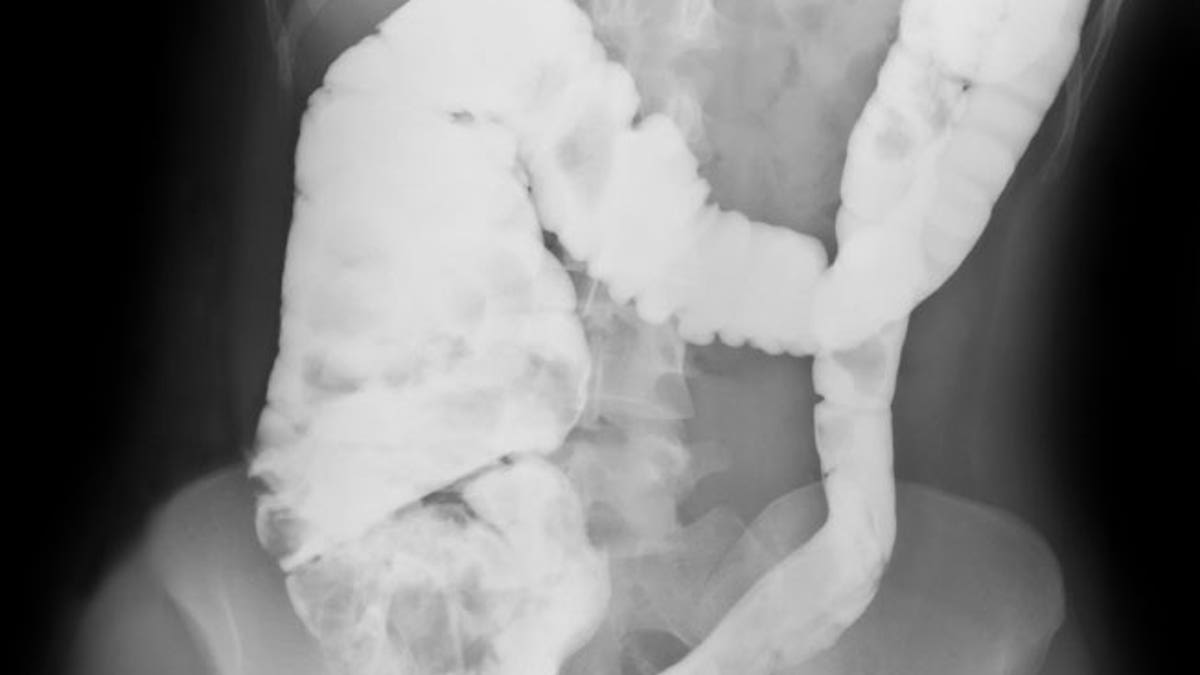
More leisure activity - like tennis or jogging – and less TV-time after a colon cancer diagnosis was linked with better survival in a new study.
It was an observational study and can’t prove cause and effect, but cancer survivors who watched more than five hours of TV per day were more likely to die than those who watched less than two hours, said lead author Hannah Arem of the National Cancer Institute in Bethesda, Maryland.
“Our findings suggest that for the one million colorectal cancer survivors in the US, both minimizing TV viewing (fewer than two hours per day) and increasing exercise (4-plus hours per week) may be associated with improved survival,” Arem told Reuters Health by email.
In a 1995-1997 National Institutes of Health study, more than 560,000 people, ages 50 to 71, had filled out health questionnaires. Using state cancer registries, Arem and colleagues found that by 2006, almost 4,700 of the original participants had received new diagnoses of invasive colorectal cancer.
Nearly 3,800 of those patients were still alive, and without metastatic cancer, when researchers mailed out new questionnaires in 2005.
At both points - 1995 and 2005 - participants estimated the hours per week they spent in leisure activities like tennis, golf, biking, swimming, heavy gardening, fast walking, dancing, or aerobics.
They also reported how many hours they spent watching TV or videos.
Those who spent more than seven hours per week in physical activities were 20 percent less likely to die of any cause during the study than less active people.
After a colon cancer diagnosis, those who exercised at least seven hours per week were 31 percent less likely to die from any cause than those who did not exercise at all, according to results in the Journal of Clinical Oncology.
Physical activity levels didn’t seem to be linked to colon cancer death specifically.
For TV time, those who reported more than five hours per day before diagnosis were 22 percent more likely to die during the study than those who reported less than two hours per day.
“This study provides some new evidence that watching TV after a diagnosis of colorectal cancer may decrease overall survival as well as survival associated with colon cancer diagnosis,” said Christine Friedenreich, of the department of Cancer Epidemiology and Prevention Research of CancerControl Alberta in Calgary, who was not part of the new study.
Risk of death did not seem to increase as increments of TV time increased, she noted.
TV time had not been studied in colorectal cancer survivors, but these results are similar to studies of TV and mortality in the general population, Arem said.
People who reported more weekly leisure activity before cancer diagnosis tended to have a lower body mass index, better reported health, less frequent smoking and less TV viewing.
For activity and TV watching, the period after cancer diagnosis explained the link with mortality, meaning that is an especially important time to minimize TV and increase physical activity, the authors write.
“There is already some evidence, albeit still preliminary and emerging, that higher levels of sedentary behavior increases mortality associated with other cancers,” Friedenreich told Reuters Health by email.
Of diseases affecting men and women, colorectal cancer is the second most common cancer killer in the U.S., killing 51,783 Americans in 2011, according to the Centers for Disease Control and Prevention.
‘Bowel cancer’ is the third most common cancer worldwide and second most common in Europe, with highest rates in Slovakia and Norway, according to Cancer Research U.K.
“More research is needed to understand the relationships between physical activity and TV watching with mortality (especially mortality due to a specific cancer) among different cancer survivor groups,” Arem said. “Even within a given cancer site there may be differences in mortality associations by tumor type.”
A 2009 panel of the American College of Sports Medicine recommended at least 150 minutes per week of moderate intensity activity for colorectal cancer survivors, similar to recommendations for the general U.S. population, she noted.
“The existing evidence of benefit with increasing physical activity and decreasing sedentary time (which is supported in our study) suggests that doctors should consider referring colorectal cancer survivors to lifestyle programs targeted to their specific health needs,” she said.




















